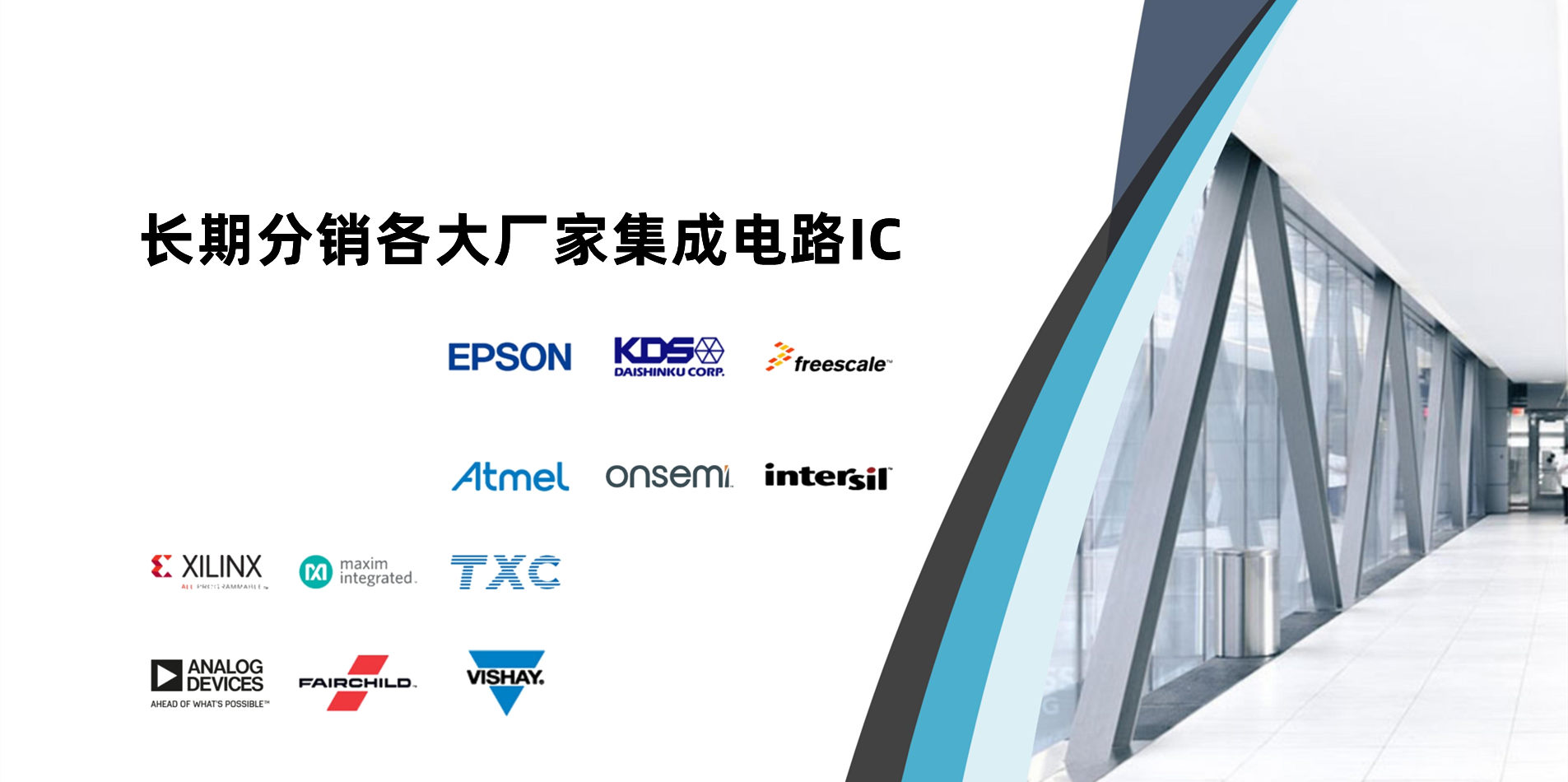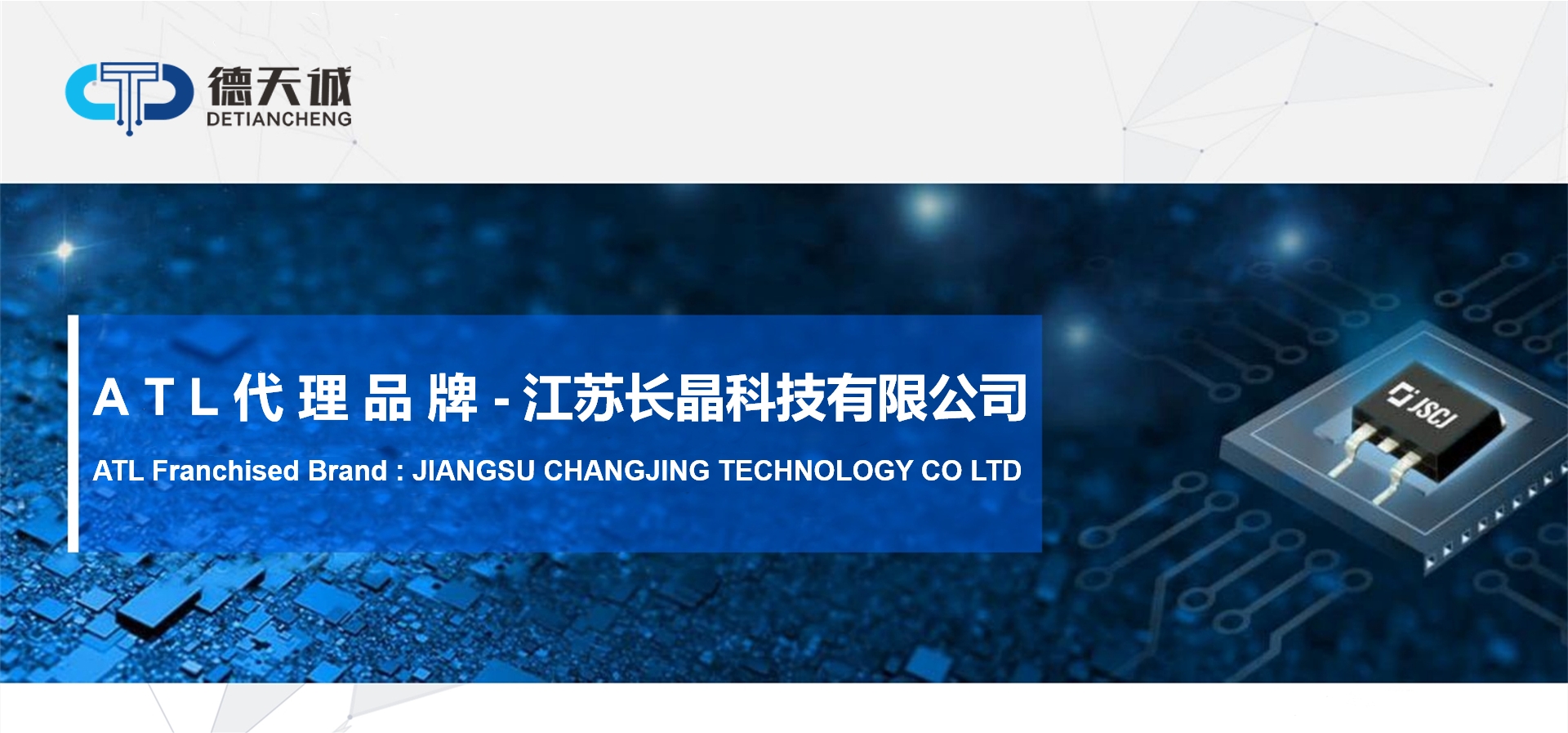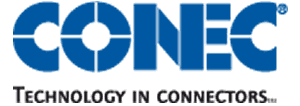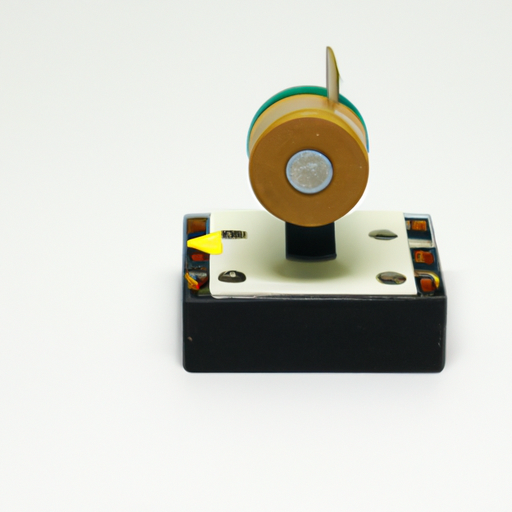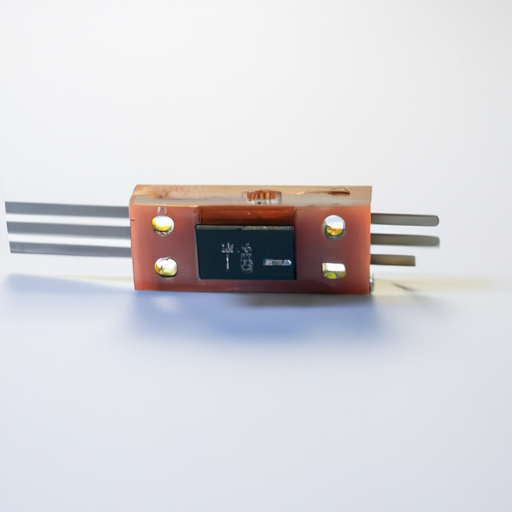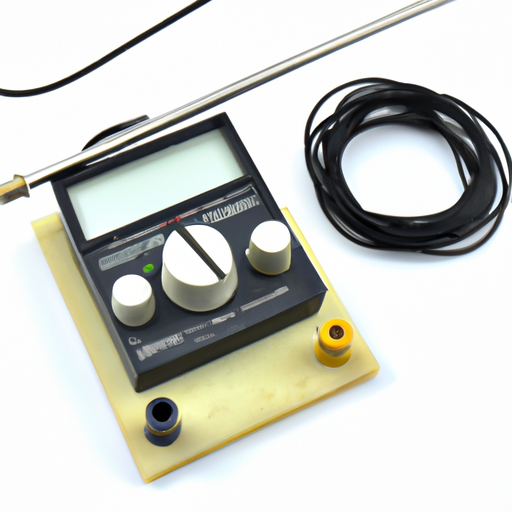About DTC ELECTRONICS SHENZHEN DTC ELECTRONICS CO LTD is a professional electronic components supplier with more than 10 years, is one of the largest electronic components suppliers in the domestic market. The company takes "reputation first, reasonable price, honest management" as its purpose, and has established a good reputation in the same industry, received the praise and trust of many customers. With the support of our customers, in the fierce market competition, the company continues to innovate and develop gradually, has made great progress in the emerging field of e-commerce, and has formed a set of management and operation system with its own characteristics. SHENZHEN DTC ELECTRONICS CO LTD adheres to the talent concept of "people-oriented", and vigorously absorbs professional talents to enrich the technical, management and marketing team. Constantly improve our own management, provide quality services, create excellent brands, pursue excellence goals. We have professional sales staff and excellent engineering technologist, has always been to quickly respond to customer consultation and provide quality delivery service as the basis, to provide customers with the most closely integrated with the application needs of the solution, so as to reduce the development and application costs of customers, make DTC ELECTRONICS TECHNOLOGY and customers grow together through mutual benefit. The company mainly distributes various manufacturers of integrated circuits, Epson crystal, modules, and so on. The main brands are: EPSON, TXC, KDS, ADI, TI, MAXIM, XINLINX, DALLAS, VISHAY, FREECALE, ATMEL, FSC, ON, LATTICE, INTERSSIL, etc.
5000+
1000+
TOP03





